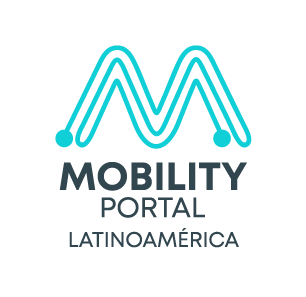Last April, the sustainable mobility law ended its period of contributions, where various associations, companies and entities have made it clear which are the axes that should be rethought and put into focus to carry out a work that responds to the needs of the entire sector.
In response to this, Portal Movilidad España contacted the Ministry of Transport, Mobility and Urban Agenda (MITMA) in order to find out how to move forward.
Acknowledging the fact that the administration is starting to run out of time, they have assured that they are working «intensively so that the processing of the law is completed as soon as possible».
«We are reviewing the contributions received after the public participation process, with the aim of being able to meet the objective included in the Recovery, Transformation and Resilience Plan of having the law approved before the end of 2023», they explain in this regard.
For the next steps, after this evaluation, the rest of the reports that are mandatory will be sought.
Subsequently, the proposal will be submitted to the Council of Ministers for its approval and referral to Parliament.
In the meantime, the aim is to pay attention to territorial cohesion factors, which are of vital importance when talking about Spain, as the vast majority of cities are small.
The Climate Change Act already provides for the obligation to have Sustainable Urban Mobility Plans for all cities with more than 50,000 inhabitants and this new regulation «goes a step further» and provides for cities with between 20,000 and 50,000 inhabitants to have a Simplified Sustainable Urban Mobility Plan.
Likewise, the draft bill establishes a series of points that will generate guidelines to facilitate the cooperative, coordinated and efficient exercise of the work of the public administrations with competences in mobility and transport: the State, the Autonomous Regions and local entities.
One of the most important of these is the creation of the National Sustainable Mobility System, which will be a key instrument for this process.
Not only this, but it will also be the body in charge of facilitating the participation of other actors: associations, sector representatives, users, among others.
The role of shared mobility
In response to calls from the shared mobility sector for «more concrete support», MITMA assures that it is necessary to distinguish between different schemes: car sharing, ride sharing, etc.
«In general terms, we see that shared mobility is desirable as long as it achieves a higher degree of vehicle occupancy, since a vehicle with high occupancy is more efficient in terms of energy and emissions,» they say.
Meanwhile, they highlight the fact that certain shared mobility schemes can also have beneficial effects, only if they manage to reduce the public space occupied by vehicles in cities.
Also, they add: «They can serve as a driver for the penetration of electric vehicles, as many of the car, scooter or scooter sharing services are electric».
Regarding the latter, they are encouraged to put the value of electrification on the table, as this «undoubtedly has an important role in reducing emissions in this sector».
«Both electric motors generate lower emissions of CO2 and other polluting particles, and also allow the incorporation of renewable energy sources and reduce dependence on fossil fuels,» the Ministry of Transport, Mobility and Urban Agenda points out.





















